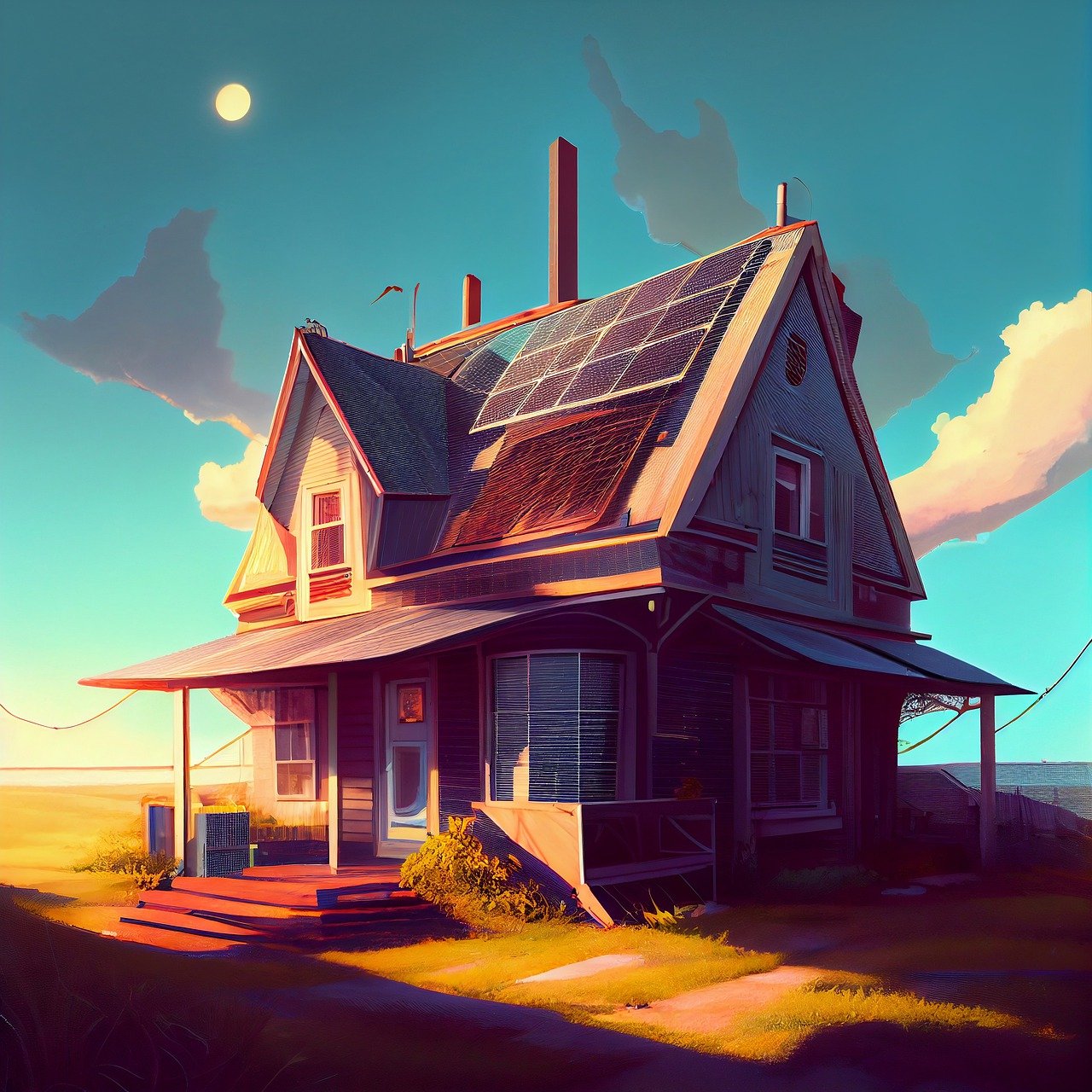Yes, building your own solar power system is definitely possible and can be a rewarding project. Here are the basic steps and components you’d need to consider:
Assessment of Energy Needs: First, determine how much power you need. This involves calculating your daily energy usage which can be found on your electricity bills, or by listing all your appliances and their wattage.
Solar Panels: Choose the type and number of solar panels based on your energy needs and the space available for installation. Panels can be monocrystalline, polycrystalline, or thin-film, each with different efficiencies and costs.
Inverter: Solar panels produce direct current (DC), so you’ll need an inverter to convert this to alternating current (AC) that your home appliances can use.
Battery Storage: To store surplus energy for nighttime or cloudy days, you might consider adding a battery system. Lead-acid and lithium-ion are the most common types of batteries used in residential solar systems.
Charge Controller: This component regulates the voltage and current coming from the solar panels going to the battery and prevents overcharging, which can extend the life of your battery.
Mounting System: Decide on the mounting system for installing the solar panels, which can be on your roof or on the ground. Ensure the mounting structure is sturdy and can endure environmental elements.
Cabling and Electrical Components: You’ll need proper cabling for connecting all components. It’s important to use the correct gauge and type of wires to ensure safety and efficiency.
Grid Connection (if applicable): If you want a grid-tied system, you’ll need to ensure compliance with local utility requirements, which might involve some paperwork and additional equipment like a grid-tie inverter.
Permits and Legal Requirements: Check your local regulations regarding solar panel installations. You may need to obtain permits or have inspections done to comply with local codes and safety standards.
Installation and Maintenance: While many enthusiasts can manage the installation themselves, hiring a professional can ensure it’s done correctly, especially for electrical connections. Regular maintenance is also necessary to keep the system running efficiently.
With the right tools, clear instructions, and safety precautions, building a solar power system can be a great DIY project. However, for components involving electrical installations, it might be wise to consult or hire a professional.
In fact, here is an interesting design you can build yourself with about $200 worth of materials. DIY Solar Generator. Have fun!





